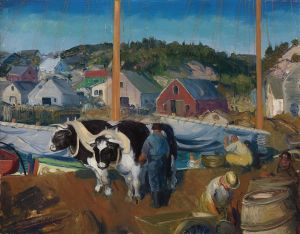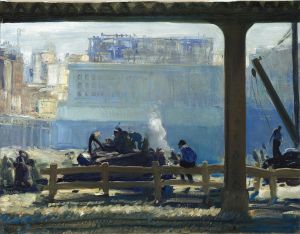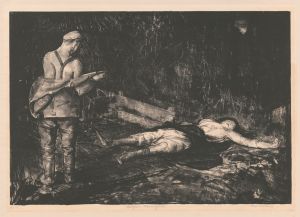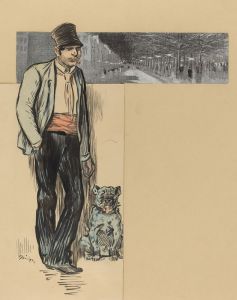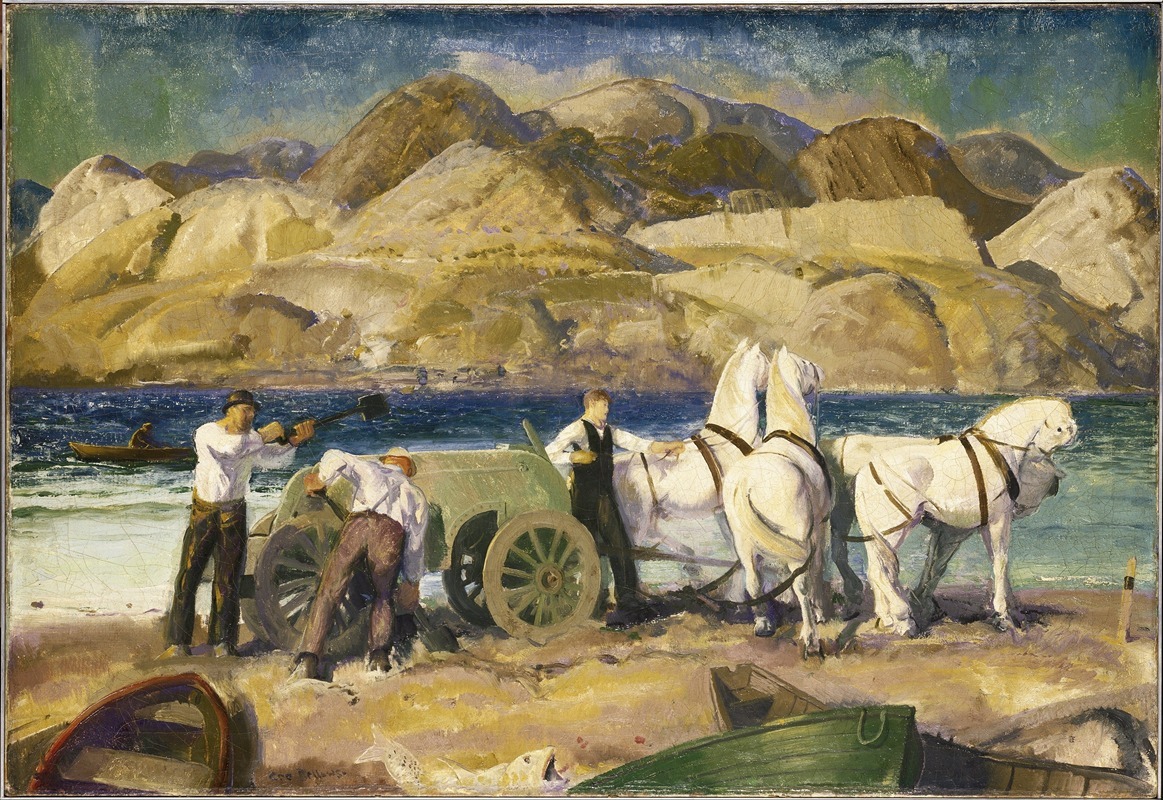
The Sand Cart
A hand-painted replica of George Wesley Bellows’s masterpiece The Sand Cart, meticulously crafted by professional artists to capture the true essence of the original. Each piece is created with museum-quality canvas and rare mineral pigments, carefully painted by experienced artists with delicate brushstrokes and rich, layered colors to perfectly recreate the texture of the original artwork. Unlike machine-printed reproductions, this hand-painted version brings the painting to life, infused with the artist’s emotions and skill in every stroke. Whether for personal collection or home decoration, it instantly elevates the artistic atmosphere of any space.
George Wesley Bellows was an American realist painter known for his dynamic depictions of urban life in New York City during the early 20th century. One of his notable works is "The Sand Cart," which exemplifies his keen observation of everyday scenes and his ability to capture the vibrancy and energy of the city.
"The Sand Cart" was painted in 1917, a period when Bellows was deeply engaged with the urban environment and the social dynamics of New York City. This painting is part of Bellows' exploration of the bustling life and the various characters that populated the city streets. His work often highlighted the contrasts between different social classes and the rapid changes occurring in urban settings.
In "The Sand Cart," Bellows presents a scene that is both ordinary and captivating. The painting depicts a horse-drawn cart filled with sand, a common sight in the city during that era. The cart is likely used for construction purposes, reflecting the ongoing development and transformation of New York City at the time. Bellows' attention to detail is evident in the rendering of the horse, the cart, and the figures surrounding it. The composition captures a moment in time, offering a glimpse into the daily life and labor that characterized the city.
Bellows' use of color and brushwork in "The Sand Cart" is notable for its expressiveness and energy. He employs a palette that conveys the gritty reality of the urban environment, using bold strokes to create a sense of movement and immediacy. The painting's composition draws the viewer's eye across the scene, inviting them to explore the interactions between the figures and their surroundings.
As with many of Bellows' works, "The Sand Cart" reflects his interest in the human condition and the complexities of modern life. His paintings often serve as social commentaries, highlighting the struggles and resilience of individuals within the urban landscape. Bellows was associated with the Ashcan School, a group of artists known for their focus on depicting the raw and unfiltered aspects of city life. This influence is evident in "The Sand Cart," where Bellows captures the essence of a moment that might otherwise go unnoticed.
Throughout his career, Bellows was celebrated for his ability to convey the spirit of his time through his art. His works, including "The Sand Cart," continue to be appreciated for their historical significance and artistic merit. They offer valuable insights into the social and cultural context of early 20th-century America, as well as Bellows' unique perspective as an artist.
In summary, "The Sand Cart" by George Wesley Bellows is a compelling representation of urban life in New York City during the early 1900s. Through his masterful use of color, composition, and subject matter, Bellows captures the vibrancy and complexity of the city, providing a window into the everyday experiences of its inhabitants. His work remains an important part of American art history, celebrated for its realism and its ability to convey the dynamic nature of urban existence.










